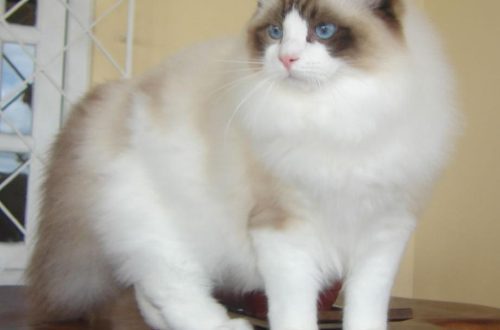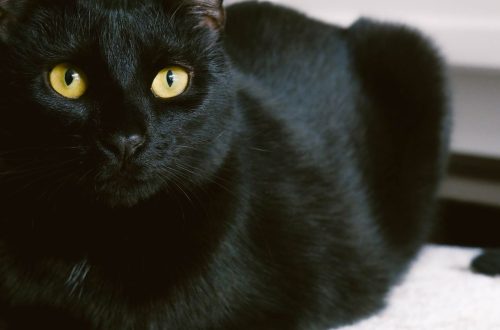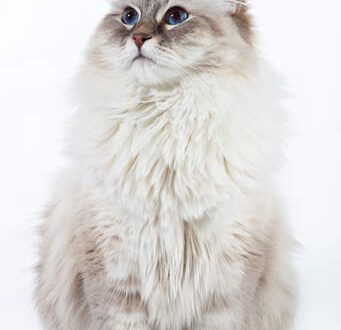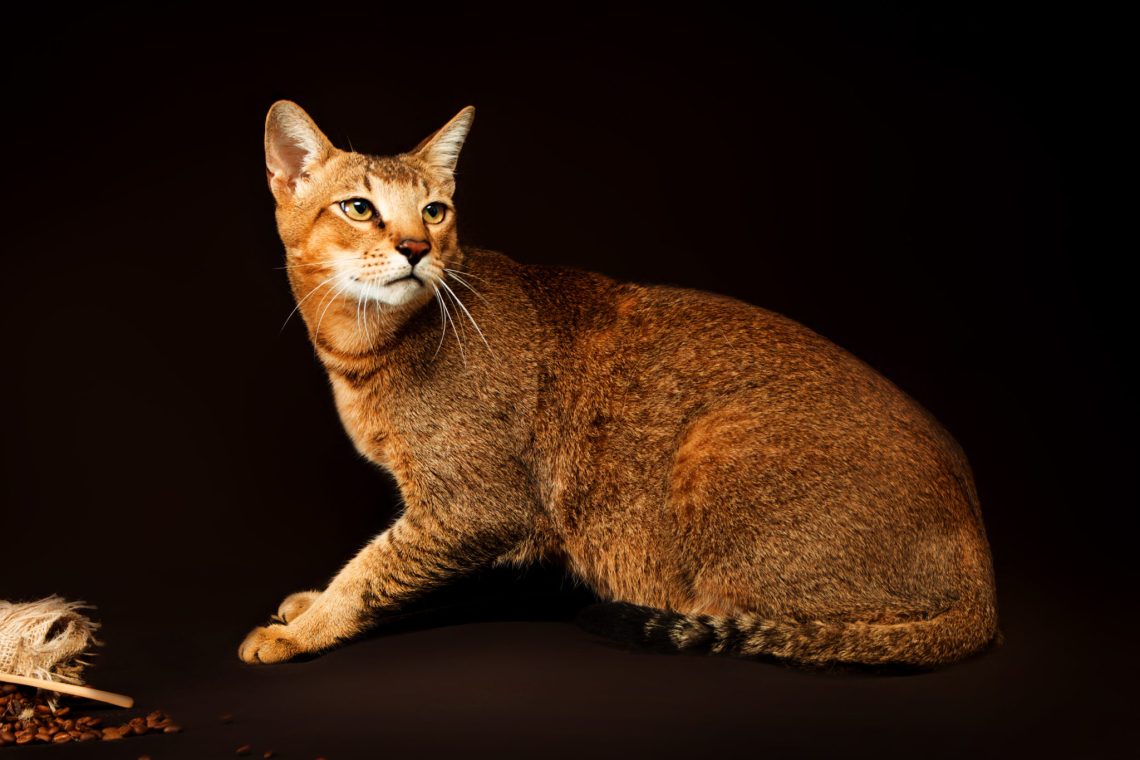
Chausie
Other names: hausi , hausi , nile cat
Chausie is on the list of the most expensive and exotic breeds. This miniature copy of a wild cat will become a worthy companion and will be able to sink into the soul of even an avid dog lover.
Contents
Characteristics of Chausie
| Country of origin | USA |
| Wool type | Shorthair |
| Height | up to 40 cm |
| Weight | 7-15 kg |
| Age | 10-15 years old |
Basic moments
- The history of the breed goes back to ancient Egypt, where the wild ancestors of animals lived – reed cats.
- Chausie surprisingly combine sociability and independence, and this gives them a special charm.
- The nature of cats varies within a generation: individuals of the F1 and F2 markings are more obstinate, while F3 and F4 are docile and calm.
- Unlike most cats, Chausies adore water, so they will gladly raise a swarm of splashes in the tub you have typed.
- Representatives of the breed get along well with other pets, with the exception of decorative rodents and birds.
- Active animals will easily make friends with children, but keep in mind that especially close relatives of wild cats can show character with a careless push.
- Chausies are easy to train due to their developed intelligence and desire to learn new tricks.
- Caring for an animal cannot be called troublesome, so the breed is suitable even for people with minimal experience in keeping pets.
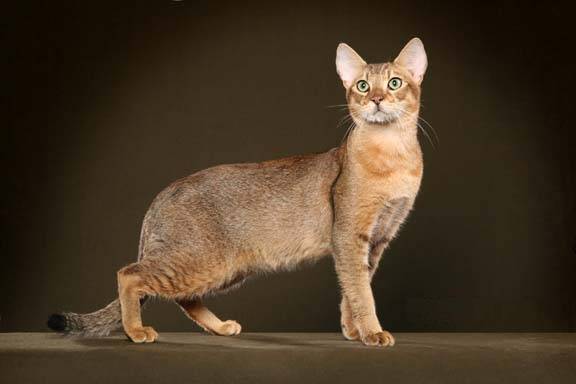
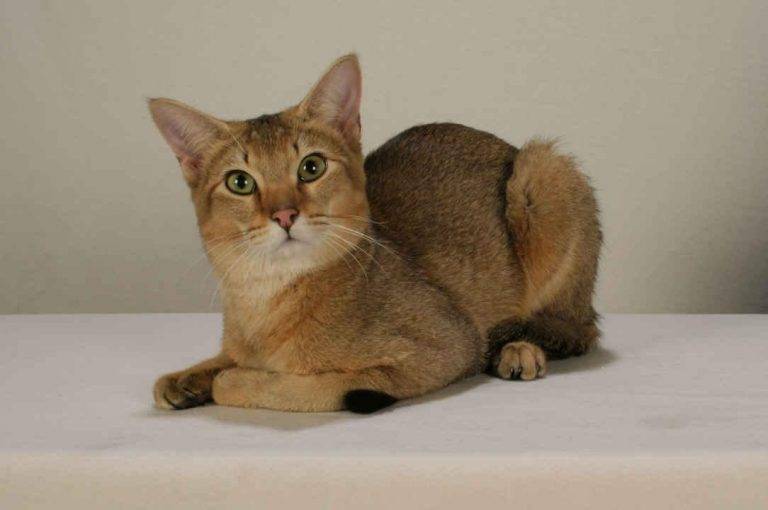
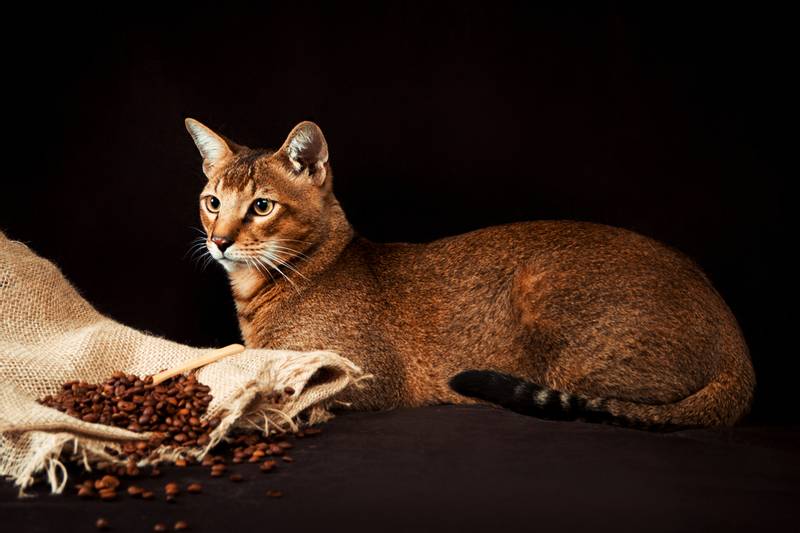
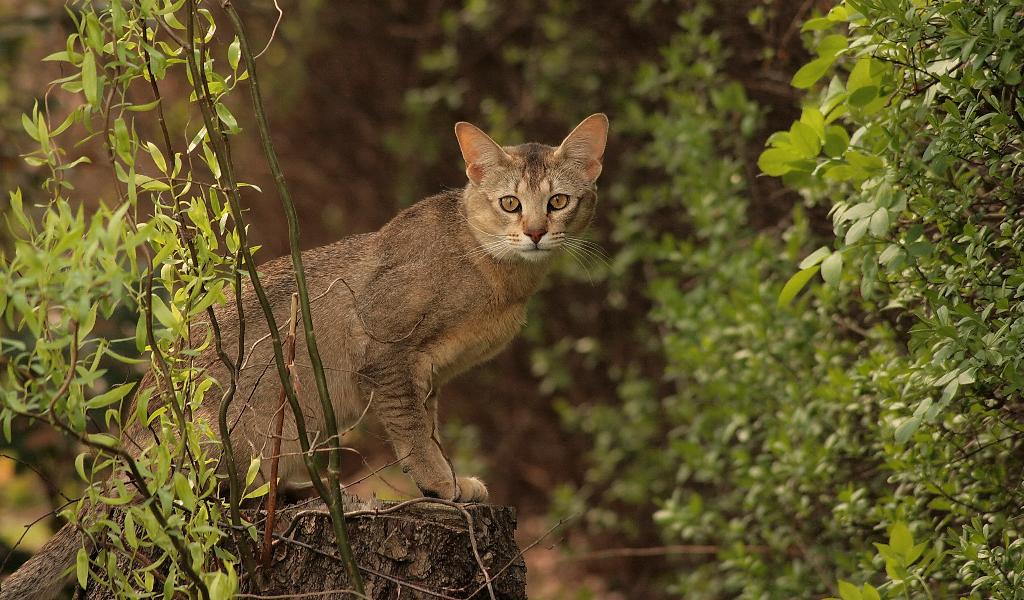
Chausie is one of the most extravagant cats. She is remarkable for everyone: exceptional appearance, non-standard set of genes and noble behavior. When the chausie proudly strides across its territory, there is no doubt: before you is a person of royal blood! This is an ideal option for those who want to acquire a descendant of wild cats. Representatives of the breed are as graceful and independent as their distant ancestors. Despite the outward resemblance to dangerous predators, chausies need affection and care no less than their domesticated counterparts. The outgoing and friendly nature of the animal is another reason to choose this breed.
History of the Chausie breed

Ancient Egypt, a sunny country of pharaohs and pyramids, is considered the birthplace of a noble beauty. Here, in the valleys of the Nile River, lived the wild ancestors of the Chausie – reed cats. They lived peacefully in the neighborhood with people and often won the hearts of domestic cats. As a result of a love union, the first hybrids were born. The Egyptians did not realize how unique these animals were, which combined the remarkable appearance of wild counterparts and the friendly behavior of domesticated cats. However, more than one century remained before the official recognition of the new breed.
Ancient frescoes clearly demonstrate the importance of reed cats and their offspring in the life of the Egyptians. Animals successfully coped with the role of hunters for waterfowl and rodents. Documentary sources confirm this theory: wild cats, despite their independence, easily joined the company of people, occasionally used their shelter and, in return, rid the settlements of rodents and other pests.
The era of powerful pharaohs has sunk into oblivion, but the symbiosis of people and reed cats continued to exist. Animals lived near settlements and often entered into adultery with domestic cats, thereby increasing the number of hybrids of amazing beauty. The soft, sandy-colored coat, the hunter’s attentive gaze, and the general resemblance to a small lynx – for unknown reasons, the Chausie did not arouse the interest of felinologists until the second half of the 20th century. The breed owes its popularity to American tourists who first came to Egypt.
Travelers’ stories about “wild cats” intrigued US breeders, and already in 1960 the first descendants of jungle cats received American “citizenship”. Painstaking and time-consuming work began on crossing animals with other breeds. Felinologists sought to strengthen and consolidate the qualities inherited by hybrids: the appearance of a wild cat and the docile nature of a pet. It was experimentally established that the most favorable “material” for breeding is abyssinians , although more and more often chausies are crossed with other short-haired animals.
Representatives of the new breed inherited the name of their ancestor. Jungle cat is known to zoologists under the name Felis chaus. Breeders, on the other hand, borrowed the second part of this name, transforming it into a sonorous “chausie”.
The descendants of Egyptian cats did not receive official recognition for thirty years from the moment they began breeding. It wasn’t until 1995 that the Chausie received provisional status with TICA. At the same time, the first standard was adopted. To this day, TICA remains the only felinological organization that has recognized the Chausie. The breed cannot be called common: these cats are found mainly in the United States. Europeans, for the most part, only have to dream about this Egyptian beauty, so it’s too early to talk about the official recognition of Chausie by other organizations of felinologists.
Video: Chausie
Appearance chausie
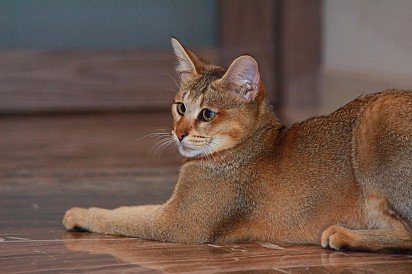
The appearance of the representatives of the breed is worthy of laudatory odes of cat lovers from all over the world. Chausie – moderately muscular animals with a proportionally folded body – are very similar to their distant ancestors. Despite the incest with the Abyssinians, the cats managed to maintain impressive dimensions: a mass of 14-15 kg and a height at the withers of up to 40 cm.
Chausie is classified as a medium-sized short-haired breed. They are distinguished by pronounced sexual dimorphism: males are 15-20% larger than females.
Head and skull
The head of a cat is distinguished by the shape of a wedge or, as it is also called, an elongated triangle. Moderately elongated, but looks small in comparison with the Chausie’s body. Has graceful outlines, angularity is absent. The forehead is flat and wide, the occiput is slightly pronounced. The skull is rounded.
Muzzle
The neat and small muzzle of the animal is composed of smooth lines. Stop – the transition from the nose to the forehead is quite sharp. The bending of the high cheekbones in the direction of the whiskers is also noticeable. The nose and chin of the Chausie form a straight line. It is noteworthy that the width of the bridge of the nose depends on the sex of the animal: in cats it is narrower. The lobe is convex.
Ears
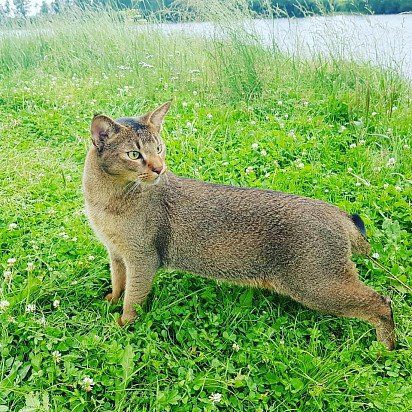
Large ears with a wide base are set high, almost on top of the Chausie. The distance between the “triangles” is significant. The reverse side of the auricles is decorated with false “eyes” – spots that the cat inherited from distant ancestors from Egypt. The tips of the ears are pointed and crowned with small tassels. The presence of the latter is welcome, but the absence is not regarded as a breed defect.
Eyes
Chausie’s almond-shaped eyes are set rather close, slightly slanting. Pigmentation in amber or deep yellow is preferred. A variation in the shade of the iris within the yellow-green palette is acceptable.
Jaws and teeth
The developed jaws of a cat form a scissor or level bite.
Neck
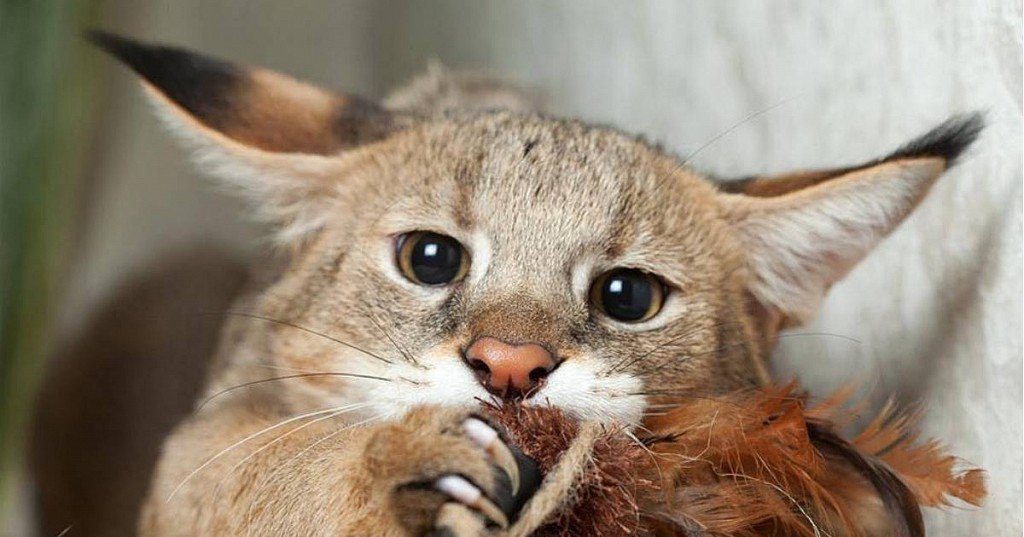
The thick and short neck of the Chausie does not look awkward and allows the animal to maintain harmonious body proportions.
Frame
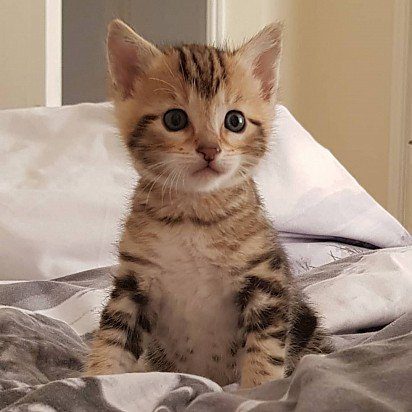
The densely knocked down and heavy torso of a cat has superbly developed muscles. How chausie owners used to joke about their pets: “It’s like an Abyssinian on anabolics!” The chest of the animal is quite deep and wide, which contrasts with the narrow shoulders and pelvis of the cat. The back is straight, the bottom line is moderately tucked up.
Tail
The straight and flexible tail of the Chausie is notable for the absence of creases. Wide at the base and quite mobile, making up ¾ of the body length.
limbs
The animal’s legs provide powerful propulsion, so don’t be surprised if your pet easily jumps onto the highest shelf in the closet. The muscles are well developed. The paws of the Chausie are large, but despite this, they look compact. The fingers are not tight.
coat
Short hair fits snugly to the body of the animal. Elastic hairs have a healthy shine. The undercoat is developed. The outer hair is ticked (unevenly colored) in at least two places.
Color
The Chausie breed standard provides for three main colors:
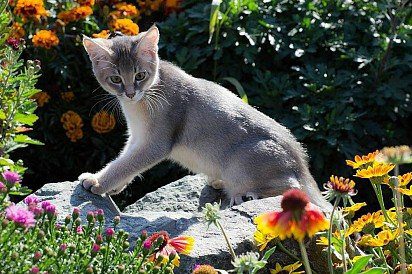
- the black. The cat’s coat is evenly dyed, there are no marks;
- black ticked tabby. The hairs are colored with two or three stripes. The undercoat is golden-red. The points are located on the tail and the inside of the paws of the chausie; on the body, they are unacceptable. The chin and eye rims are highlighted;
- black and silver ticked tabby. On the guard hair there are two or three ticking stripes of silver and black colors. The tips are always painted in a dark shade. Pronounced tabby points are undesirable.
Possible vices
Any deviation from the standard is called a Chausie defect. Among the main ones are:
- close-set ears of small size;
- atypical pigmentation of the iris;
- poorly filled chest;
- clearly rounded head shape;
- overly elongated neck;
- mild stop;
- hunched back.
Animals are disqualified for the following reasons:
- short tail (less than ¾ body length);
- white points on the body;
- amputated claws;
- congenital deafness;
- undescended testicles.
Photos chausie
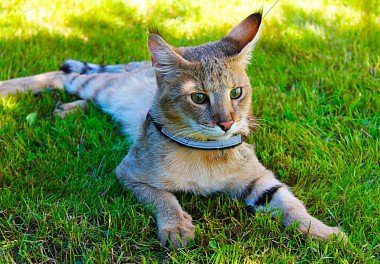

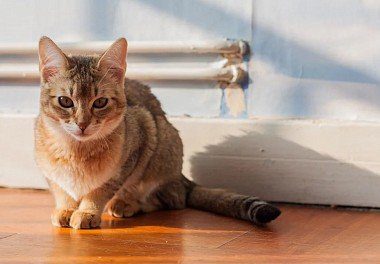
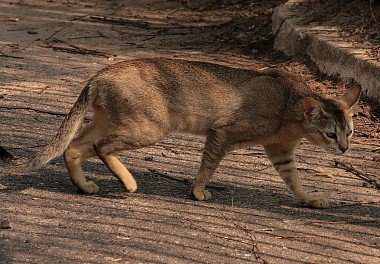
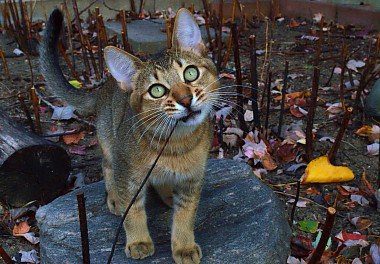
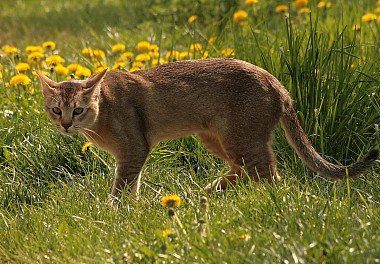
Chausie character
Despite the wild “peppercorn” in the pedigree, representatives of the breed are cheerful and sociable animals. They are not ashamed to show affection and purr gently in response to stroking behind the ear. At the same time, chausies are independent: between repeated exploration of the territory and quivering hugs with a person, the cat will choose the first and leave the heated “roost” in the form of the master’s knees. However, this feature does not detract from the devotion of the animal. As soon as you start talking to the Chausie, she will settle down comfortably and demonstrate genuine interest with her appearance.
When choosing a representative of the breed as a pet, it is important to consider that sometimes cats can be rebellious and even obstinate. This is due to the “proximity” of the animal to the genotype of a distant ancestor – a reed cat. Experienced owners prefer the fourth-generation chausie: their habits are more reminiscent of the character of the usual domestic “muroks”.
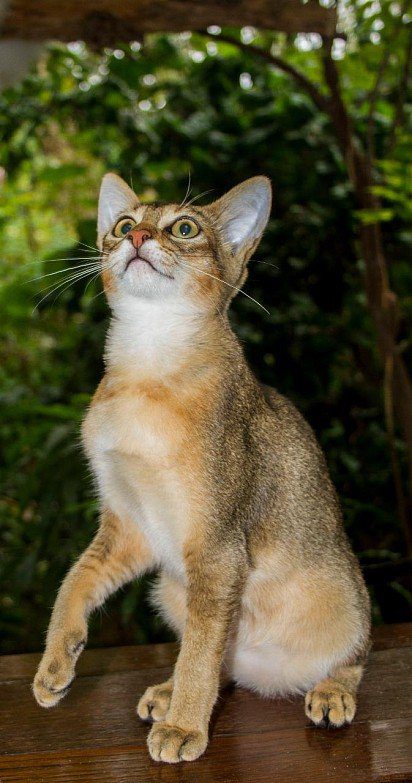
Despite being dependent on their owner, cats occasionally show a tendency to take care of themselves. Evidence of this is the numerous “burials” in which you can find everything: starting with hair ties and ending with stale crusts of bread. Cats have inherited the habit of stockpiling from their wild ancestors, so get ready to occasionally find your pet’s hiding places.
The zest of the breed is also given by impeccable intuition, which is often confused with the abilities of a psychic. As soon as your feet freeze, the pet will immediately push his fluffy slippers with his head and meow invitingly. Do not be surprised at this magic: Chausie easily studies the habits of his master and draws the appropriate conclusions. Developed intellect – that’s what a rich “inheritance” inherited from the Abyssinian.
Representatives of the breed are as smart as they are active. Refuse to purchase a Chausie if you are not able to give your future pet a spacious territory for dizzying jumps and climbing. The cat will not only get bored in a cramped room, but will also eloquently declare this with torn wallpaper or scratched sofa upholstery. When leaving your pet for a while, take care of a sufficient number of toys. Otherwise, the chausie will make the choice on its own, and there is no guarantee that your socks or jewelry from an ajar box will not be among the items.
Cats are also notable for the fact that they adore water, unlike most of their brethren. Left the faucet running to fill the tub while you retired to the bedroom to get your pajamas? On your return, be prepared to find a Chausie surrounded by foam and iridescent bubbles, trying to catch the jet with its paws. Representatives of the breed and water procedures are not afraid, on the contrary, perceiving them with particular enthusiasm.
Animals constantly need company. Perhaps this explains their exceptional ability to get along with other pets. Chausies make strong friendships with their fellows and even medium-sized dogs. It is better to refrain from communicating with cats with decorative rodents, birds and aquarium fish. Small animals are regarded by a magnificent hunter as prey or a living “toy” – and then trouble cannot be avoided.
No less reason for the joy of chausie will be its content in a family with children. The pet will easily find a common language with your child and take an active part in a noisy game. However, make sure that the child respects the animal, does not pull its tail or trim its mustache with scissors. Due to their specific pedigree, particularly stubborn Chausies (F1 and F2 markings) can hold their own.
In general, representatives of the breed are balanced intellectuals who love attention and respond to it with royal dignity. Animals are accustomed to keeping themselves within the bounds of decency, keeping their own “fur coat” clean and observing impeccable smoothness of movements. Choosing a Chausie among all the feline variety, you will get a smart and loyal pet with whom you can spend time in different ways: watch your favorite series or do an exciting study of commands.
Education and training
The Chausie breed is notable for its flexible intellect, so the process of education and training will give you only positive emotions. From the first day of the appearance of the animal in the house, point out to him the “duties”: relieve himself in a strictly designated place and scratch with his claws only the main object of a cat’s life – a scratching post. Chausie quite quickly understand what the owner wants from them, and impeccably follow these requirements.
Representatives of the breed are receptive to training and are well trained in standard “dog” commands. Sitting, lying down, raising a voice, stretching out a paw or tragically “die” – the Chausie will cope with any test. Cat owners say that these animals can be easily trained to even fetch slippers. Fortunately, the dimensions of the Chausie will only play into the hands of this. Train your pet to jump through the hoop and dance to the music – and you will never be bored again!
In addition to a developed mind, cats also have an indomitable desire to learn, which facilitates the process of training. Do not forget to periodically arrange informative “master classes” and give tasty marks for their brilliant performance in the form of your favorite chausie treat. Representatives of the breed are distinguished by enviable stubbornness in achieving goals, so they will repeat the command until they memorize it.
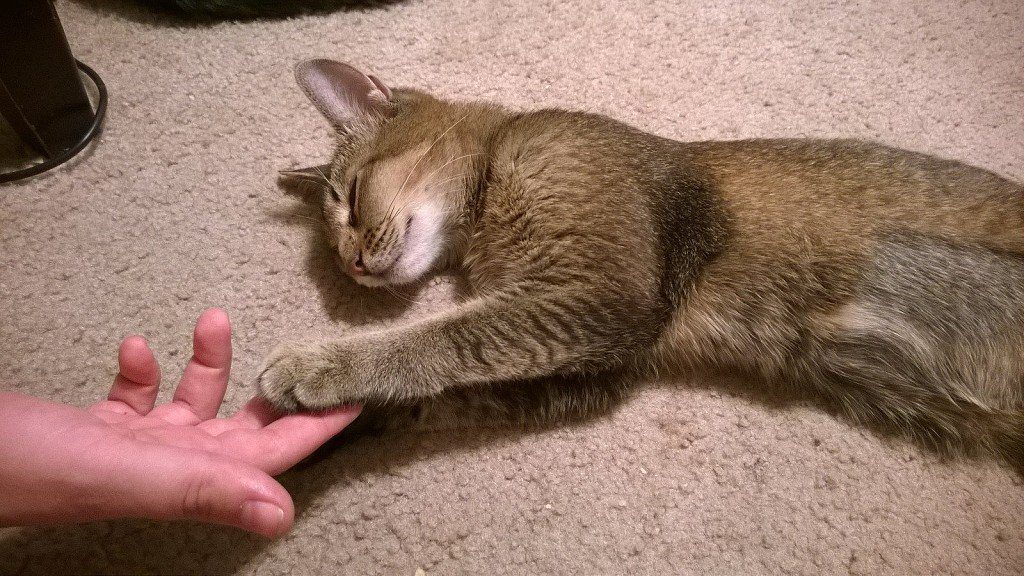
Care and maintenance
Chausie is a rather unpretentious breed in care. The densely padded and silky coat of a cat needs regular brushing once a week. To do this, use a soft massage brush: this has a positive effect on blood circulation. Combs are undesirable, and the effect of them in combing the Chausie is minimal. During the summer molt, carry out the procedure as often as possible: this will save the animal from having to remove dead hairs on its own and “decorate” all horizontal surfaces with them.
Unlike most mustachioed counterparts, Chausie do not resist regular water procedures. Your pet will be extremely grateful for an extraordinary bathing day and a warm bath, where you can swim to your heart’s content. After bathing the cat, make sure there are no drafts. Representatives of the breed are distinguished by strong immunity, but it is still not worth checking the accuracy of this axiom.
Important: when bathing, use special mild shampoos and in no case replace them with your own hygiene product – this will make the Chausie’s coat dull and brittle.
Standard hygiene procedures are an important part of caring for an Egyptian beauty. Regularly pay attention to cleaning the ears, eyes and mouth, as well as shortening the claws with a special secateurs. In case of suspicious discharge, contact your veterinarian immediately: this way you will avoid unpleasant consequences.
If even an inexperienced cat owner copes with the care of a chausie, the daily diet of a pet can create additional difficulties. Representatives of the breed seem unpretentious in food, but this is where the main danger lies. Little is known about the vulnerability of the Chausie’s digestive system. Like most hybrids derived from wild animals, these cats have inherited a shortened intestinal tract, which does not allow them to fully digest fiber and plant foods. Premium dry food is not the best option.
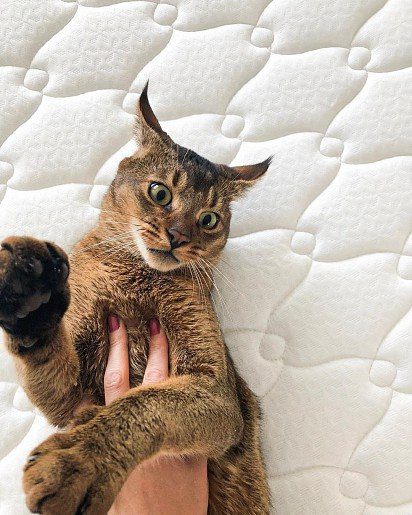
From the wild animals of Egypt, the breed inherited a passion for raw meat: in particular, beef and rabbit meat. Quail and chickens can be regarded as a way to dilute a monotonous diet, but they should not be abused. Chausie will be grateful for the “fish days”. For this, both fresh product and canned food are suitable. The latter are introduced into the diet gradually to avoid allergic reactions. Tendons and boiled cartilage are no less useful, as they provide mechanical cleaning of the cat’s teeth during meals.
It is forbidden to include in the daily diet of chausie:
- salty, sweet, fried and pickled dishes;
- “human” drinks (coffee and tea);
- milk (does not apply to kittens);
- boiled and raw pork;
- liver in any form;
- legumes;
- nuts and mushrooms;
- potato.
It is recommended to feed a pet no more than one or two times a day – depending on its age. After the cat is one year old, periodically arrange fasting days for her. Representatives of the breed are prone to overeating, so carefully control the amount of portions for your pet.
When getting a chausie as a pet, consider the following: animals marked F1 and F2 (the closest descendants of jungle cats) are recommended to be kept only in a private house with an aviary. For the rest of the Chausies, spacious apartments are also suitable, subject to regular walks on a harness.
Chausie health and disease
Wild cats of Egypt rewarded Chausie with excellent health: the cat rarely gives the owner unnecessary trouble. However, this does not eliminate the need for regular visits to the veterinarian for a routine examination. The main problem of the breed is its tendency to obesity. You can not leave the animal alone with the pan: before you have time to look back – and your dinner is already resting in a soft and silky tummy. Consider the fact that the cats of the first two generations are not able to produce offspring.
How to choose a kitten
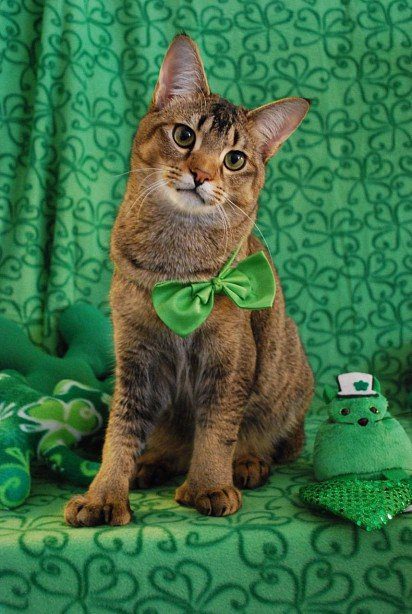
Thinking about buying a Chausie, but don’t know how to choose the right kitten? Unfortunately, this is not the main problem. The breed is one of the rarest in the world, so kennels with suitable conditions are not found at every turn.
The felinological organization TICA has officially registered just over 20 breeders from whom you can buy a healthy chausie. They mostly live in the United States and France. In Russia and Ukraine, interest in the breed has appeared quite recently, and therefore the number of nurseries leaves much to be desired.
The purchase of a Chausie is accompanied by the execution of a special contract, where questions regarding the offspring and participation of the cat in the exhibition become mandatory points. If the document is not mentioned, be prepared for the fact that instead of the noble Egyptian Cleopatra, they will sell you an ordinary homemade “murka” of a suitable color.
When choosing a kitten, stop your attention on a three-month-old baby. He should be playful, moderately curious and active. The coat of a healthy animal is distinguished by a soft sheen, and the eyes and nose – by the absence of suspicious secretions. Do not forget that Chausie must be vaccinated in a timely manner. Ask the breeder to present the relevant document.
How much does a chausie cost
The inability to breed these beauties at home explains the high price. American nurseries are asking for 600 thousand rubles, and some of them are asking for absolutely exorbitant amounts of 1.5 million! A few domestic breeders offer to purchase chausie for 30 thousand rubles or more, based on the compliance of the animal with the breed standard.
No matter how much you are willing to spend on a beauty from Egypt, you will get an amazing pet that combines the affection of a domestic cat and outward wildness. Chausie is worth attention, rest assured!



